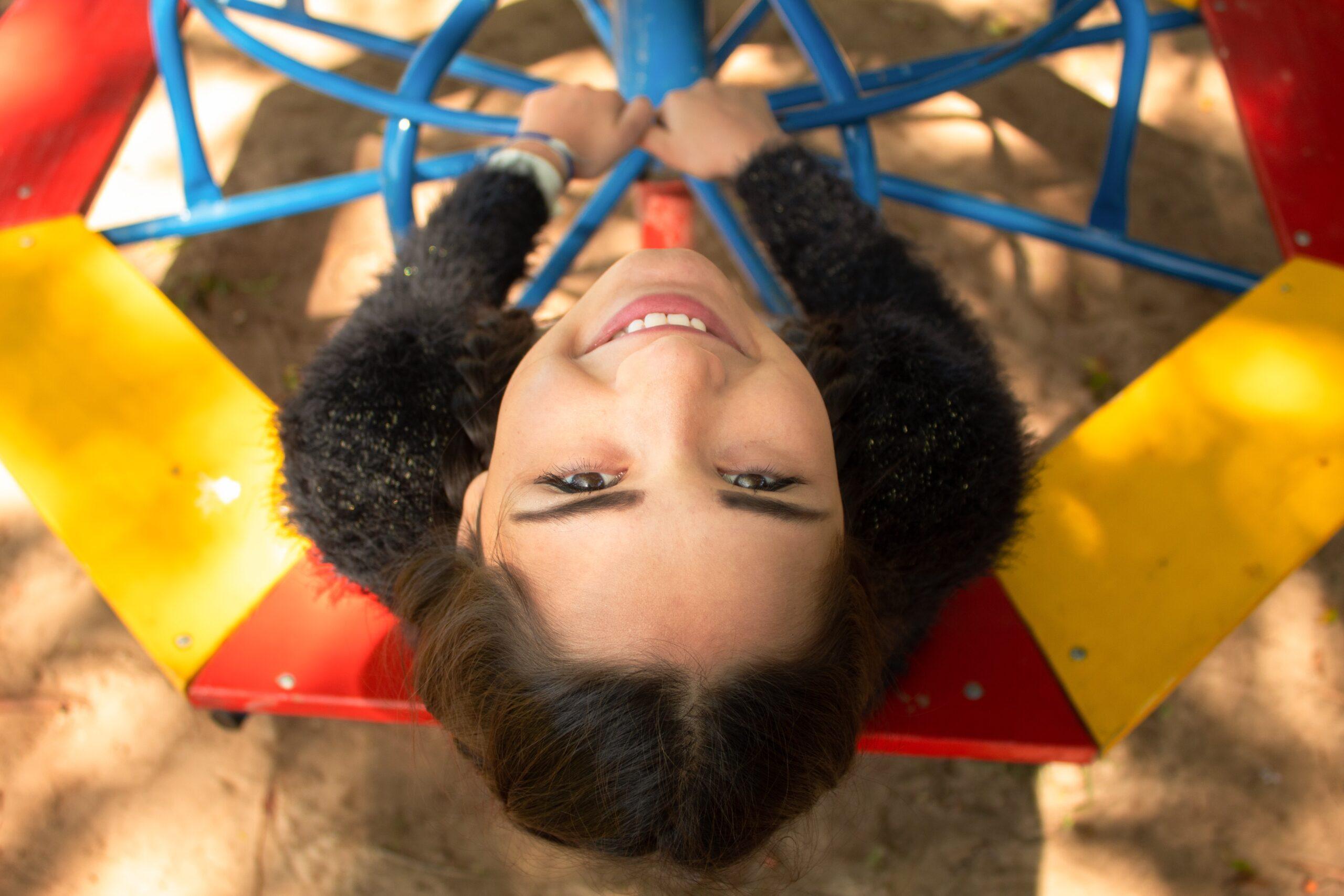Every 40 seconds in the United States, a child is reported missing or abducted. That translates to over 2,000 children per day (under age 18) or 800,000 per year. Most abductions occur within a quarter of a mile from the victim’s home. Of the 800,000 children, approximately 69,000 are abducted:
- Family members account for a majority of these reported cases (82 percent).
- Non-family abductions account for 12,000 of these reported cases (18 percent).
- Of non-family abductions, 37 percent are by a stranger.
Safety and Communication Tips for Parents
- Create an environment where your child feels free to talk.
- Talk about sex with your child— naive children are the most vulnerable.
- Teach your children to recognize danger signals or abduction scenarios (ex: “Can you help me find my lost puppy?”)
- Know your child’s friends and their parents.
- Children under 5 years old should never be left unattended.
- Avoid clothing or toys with child’s name on it.
- Thoroughly check references of all potential babysitters or childcare workers.
- Make sure your child has all appropriate phone numbers and emergency service numbers, post them in several places throughout the house.
- Teach your child safe hiding places throughout the house.
- Teach your child escape routes out of the house and places to run (ex: neighbor’s house).
- Point out safe houses in your neighborhood that your child can go to if frightened or chased.
- Never leave a child alone in a public place.
- Always accompany your child into public restrooms.
- Always go with your child to supervise door-to-door activities such as fundraising or Halloween.
- Teach your child that police are his friends.
- Keep up-to-date medical and police records of your child.
- Have your child fingerprinted.
- Find out where convicted sex offenders live in your community.
- Make it a family rule that your child must let you know where they are at all times.
- Choose a family “password” that children can use if they are ever in trouble— review it every week.
- Make sure your children know their last name, phone number, address.
- Make sure your child knows how to dial 9-1-1.
- Let your child know it is alright to say “No” to an adult if asked to do something they are uncomfortable doing.
- Teach your child that adults never need help from children for ANY reason (ex: Help find puppy, directions, etc.).
- Explain that if an adult ever asks them to “keep a secret” it is all right for them to discuss it with a parent/trusted adult.
- Make it clear that no one has the right to touch any part of their body that a bathing suit would cover.
Reinforce the following to children who are aged 5 and older
- Always let parents know where you’re going, who you’ll be with and what time you will arrive home.
- Always get permission from a parent before going to someone’s house.
- Do not answer the door if you are home alone.
- Never open the door to a stranger.
- Never say you are home alone when answering the phone. (Instead say something like, “My dad is in the shower, can I take a message?”)
- Never let someone from the cable company, phone company or another uniformed person into the house if an adult/parent is not present.
- Always lock the door when home and put on alarm system.
- Never enter anyone’s car unless a parent has said it is okay.
- Keep objects in each room that might be used as a weapon (like a baseball bat).
- Never take gifts or candy from a stranger.
- Never play in isolated areas or inside/near deserted buildings.
- Always go with your instincts and go somewhere safe if you feel fearful of someone.
- Never stop fighting back and always keep looking for an escape route.
Escape Techniques
- If forced into a car or building, teach child to scream and shatter objects.
- If a child is grabbed in a store, teach your child to yell for a cashier or other adult or shatter merchandise and knock down displays. Tell your child to try to grab onto the nearest person.
- If a car pulls up beside a child, teach the child to move away from the car. If safe zone is not in front of car, tell child to run in the opposite direction the car is facing.
- If taken by a stranger, teach child to yell specific phrases such as, “Help, I have been abducted, I do not know this person!” “I need help, I’m being kidnapped!”
- If abducted in a parking lot, teach child to run, pound on cars to set off car alarms and to go under a parked car if possible.
- If grabbed inside a public place like a mall, teach child to drop weight down, twist, stretch out, kick his legs and scream, “Help! I need help, I’m being kidnapped!”
- If locked in a trunk, teach child to push out taillights and let wires dangle out.
- If abducted into a car, teach child to jump into backseat and go out back door.
- If stuck in front seat of car, teach child to pull out wires under dashboard to disable car.
- If locked in apartment, teach child to stuff toilet with paper and flush repeatedly to flood floor and apartment below.
- If locked in an apartment or house, teach child to always try all doors and windows for escape route. Break windows. Find an item that may be used as a weapon.




